Scientists Uncover a ‘Disaster Waiting to Happen’ While Studying Permafrost in Fairbanks, AK
Scientists have been studying permafrost in Alaska for years.
However, they recently made a shocking discovery of bacteria that could have disastrous consequences for the population.
The Alaskan Red Shack
Many people visiting or living in Alaska may come across a red shack just outside Fairbanks.
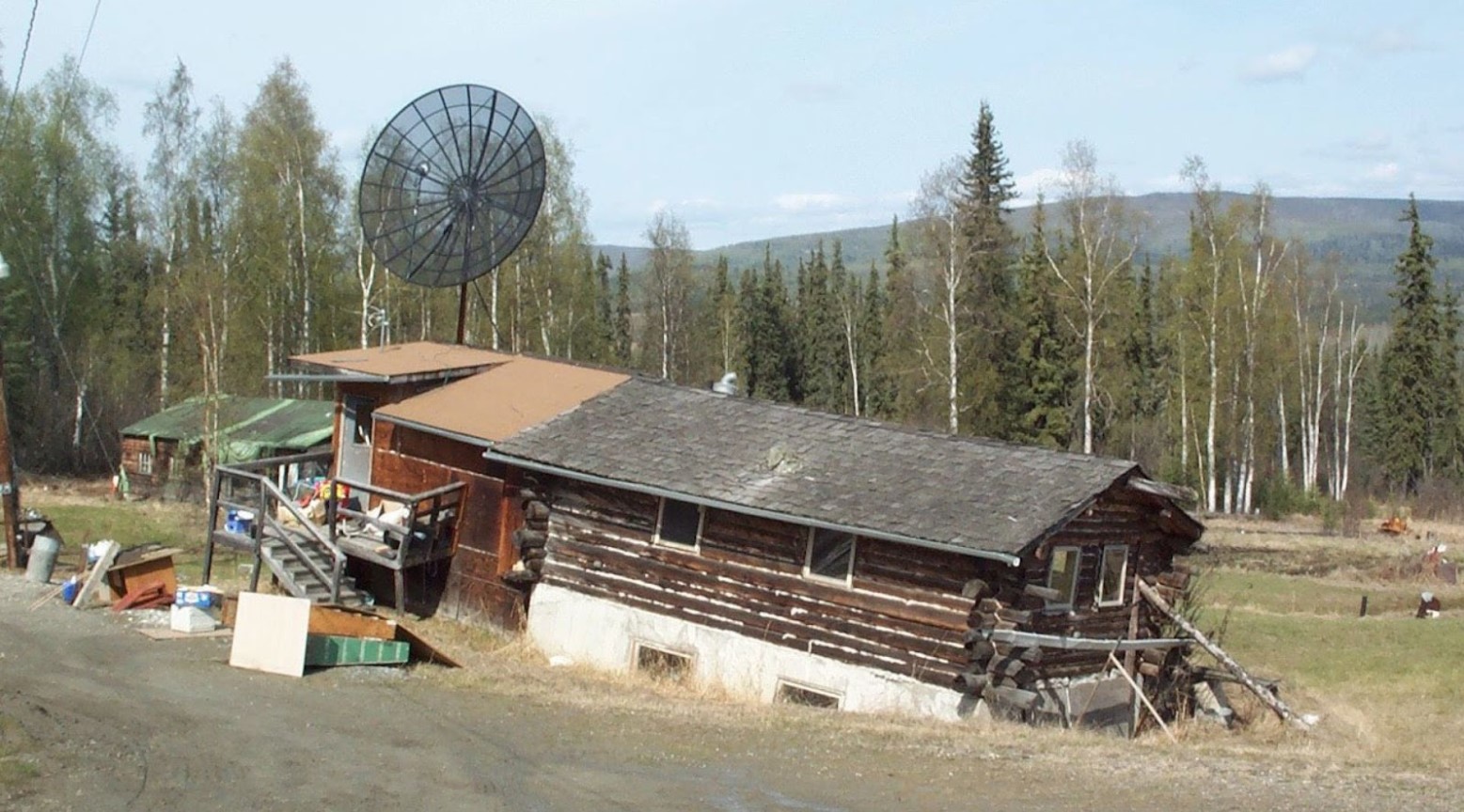
Source: @jamie_woodward_/X
NPR reports that behind the door to the shack is a “geological time bomb,” and the consequences of this are not completely known.
A Tunnel Goes 40 Feet Underground
The shed hides what goes on, leading to a tunnel that goes 40 feet underground.
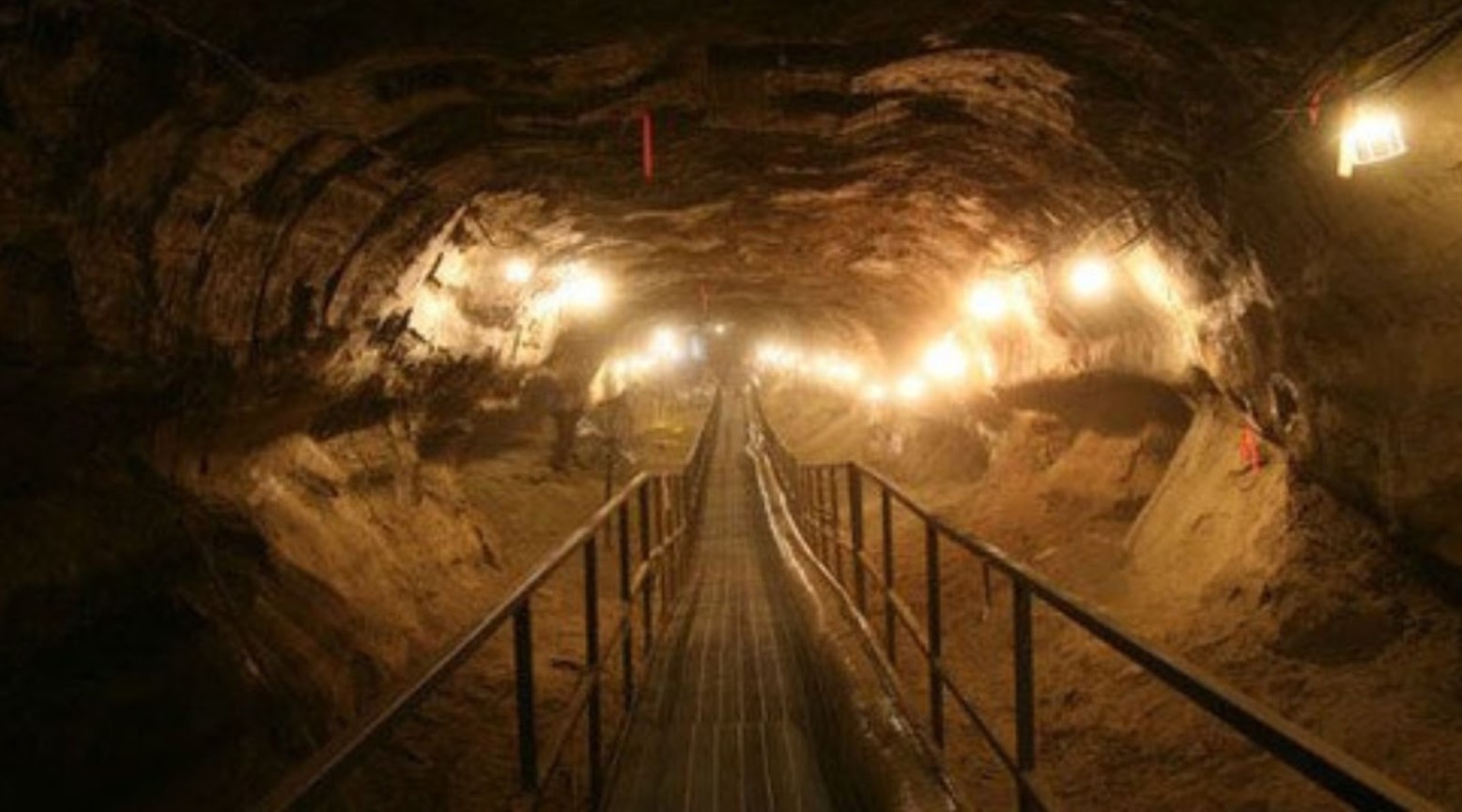
Source: @zaibatsu/X
The tunnel is home to many things, mostly bones of dead creatures sticking out of the walls, ceiling, and floor.
Permafrost Temperatures Have Risen
The scientists use the shack and the tunnel to study permafrost, which has changed over the last few decades.
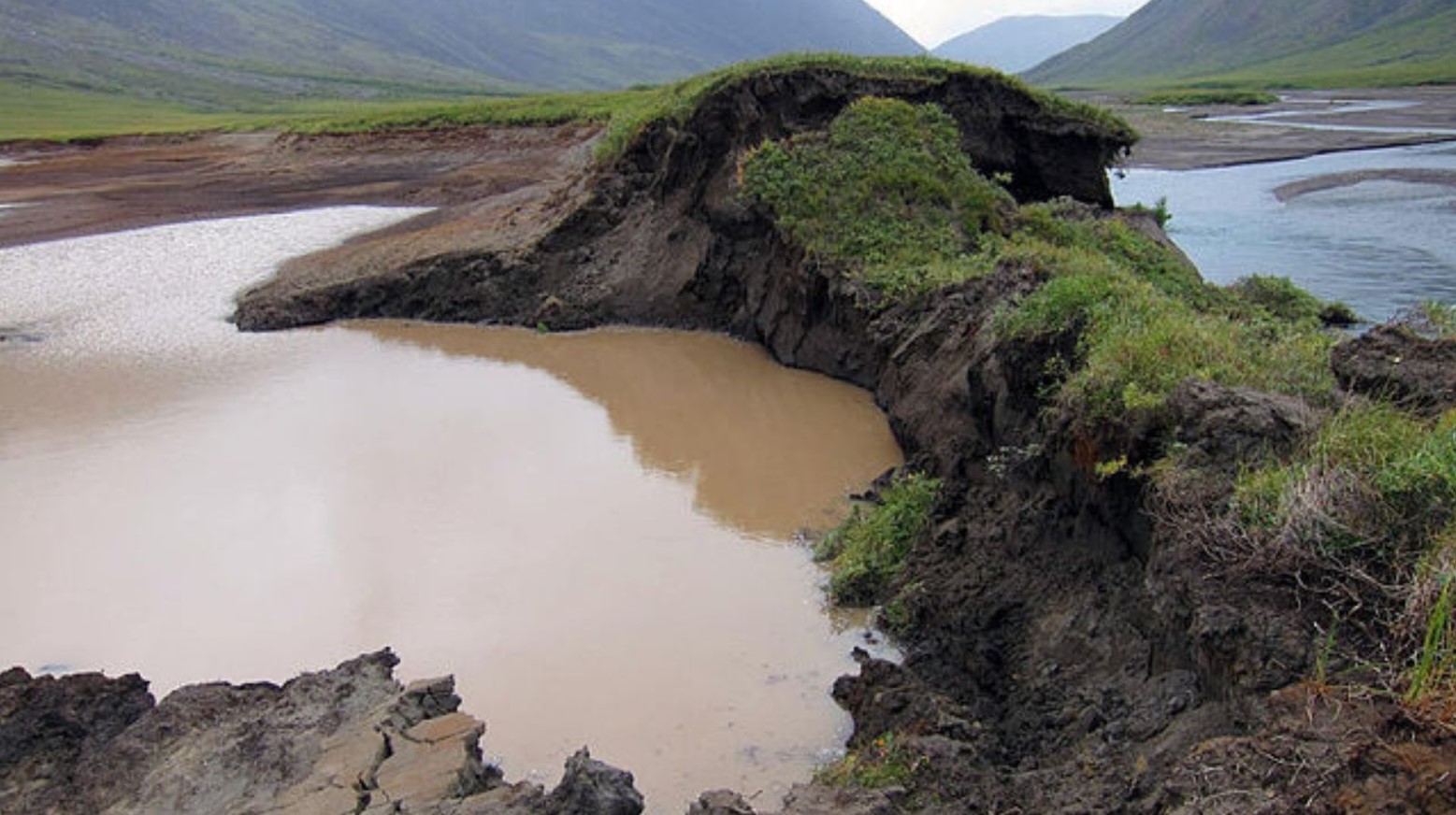
Source: NPS Climate Change Response/Wikimedia Commons
NOAA in the Arctic reports that the temperature of the Arctic permafrost has risen drastically over the last few decades and was at the highest on record in 2016.
Arctic Permafrost Stores Carbon
A study published in the Nature Journal found that Arctic permafrost stores around 1700 billion metric tons of frozen and thawing carbon.
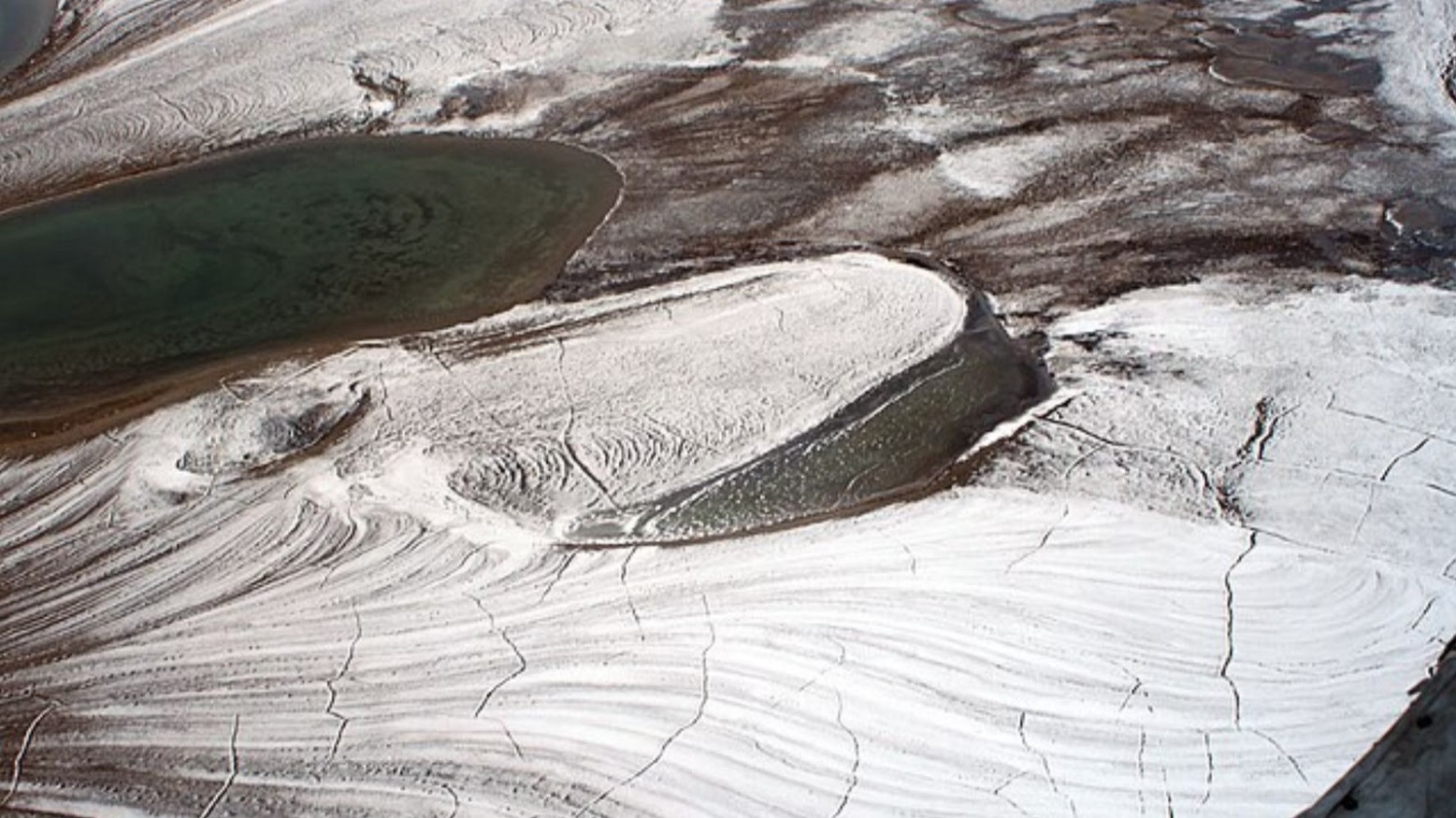
Source: Brocken Inaglory/Wikimedia Commons
Scientists believe that anthropogenic warming will release an unknown amount of carbon into the earth’s atmosphere, releasing more carbon dioxide and increasing methane emissions.
Thawing Permafrost Causes Bacteria to Regrow
One thing that worries scientists is that when permafrost starts to thaw, bacteria frozen for 25,000 years start regrowing.
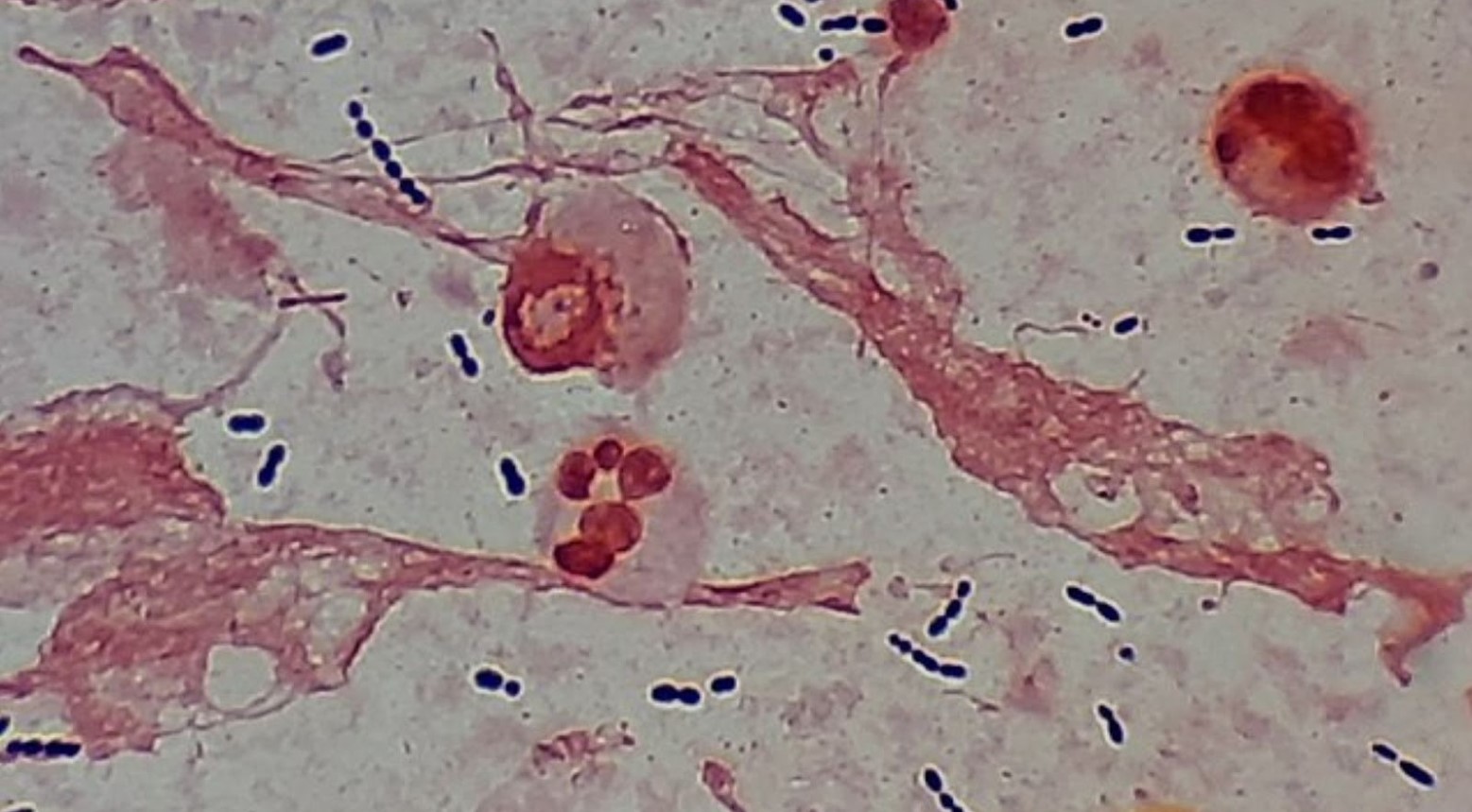
Source: Ajay Kumar Chaurasiya/Wikimedia Commons
The European Space Agency reports that this bacteria is likely to be antibiotic-resistant. It could even release undiscovered viruses and radioactive waste from the Cold War into the Earth’s atmosphere.
Climate Change Is Thawing Permafrost
Climate change is moving at a faster pace than previously expected, speeding up the thawing process of the permafrost.
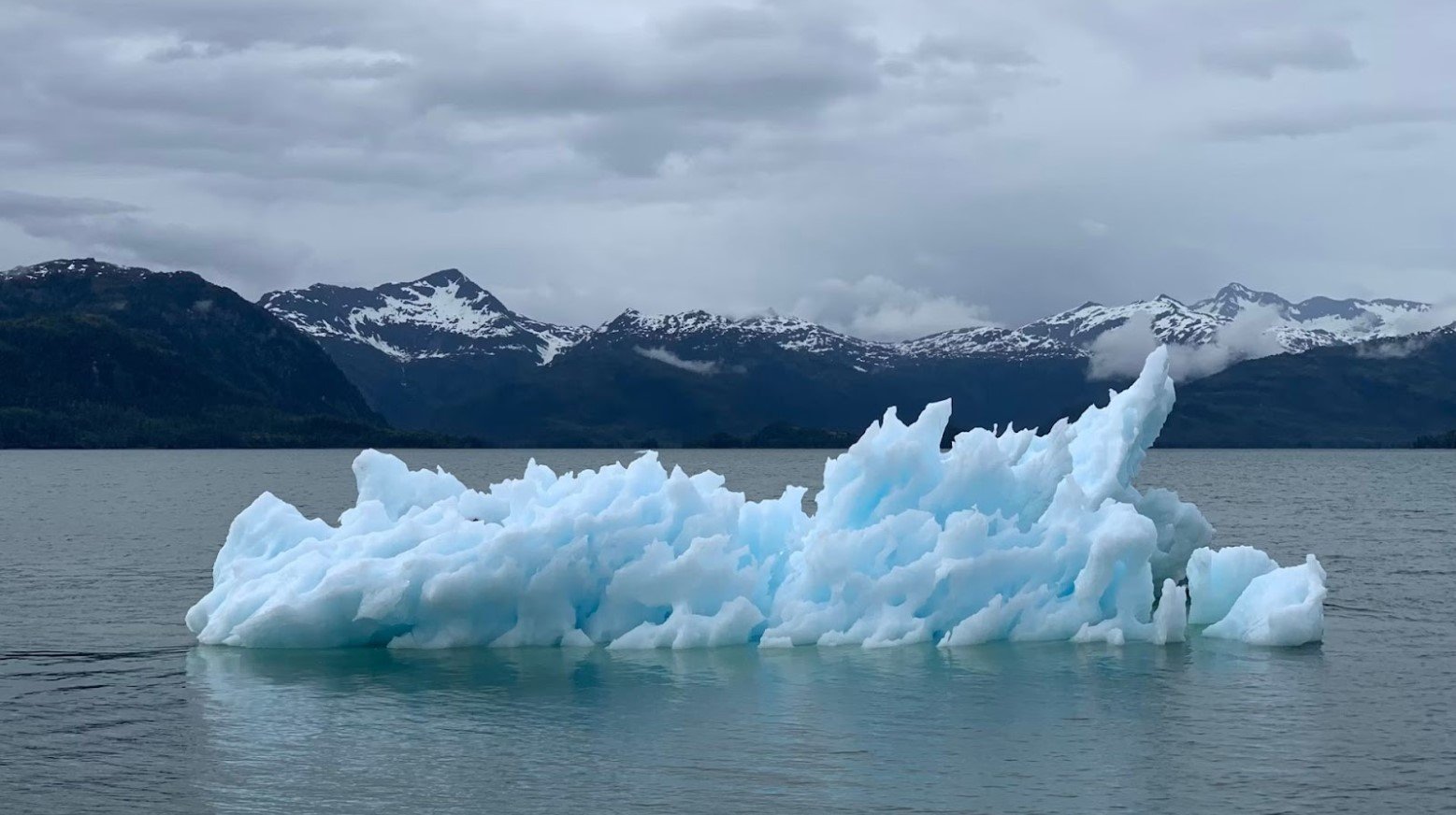
Source: Melissa Bradley/Unsplash
So much so that by 2100, around two-thirds of near-the-surface permafrost is expected to have thawed completely.
Viruses Were Found in the Permafrost
More concerning is that viruses, now widely uncommon, were found in the permafrost.
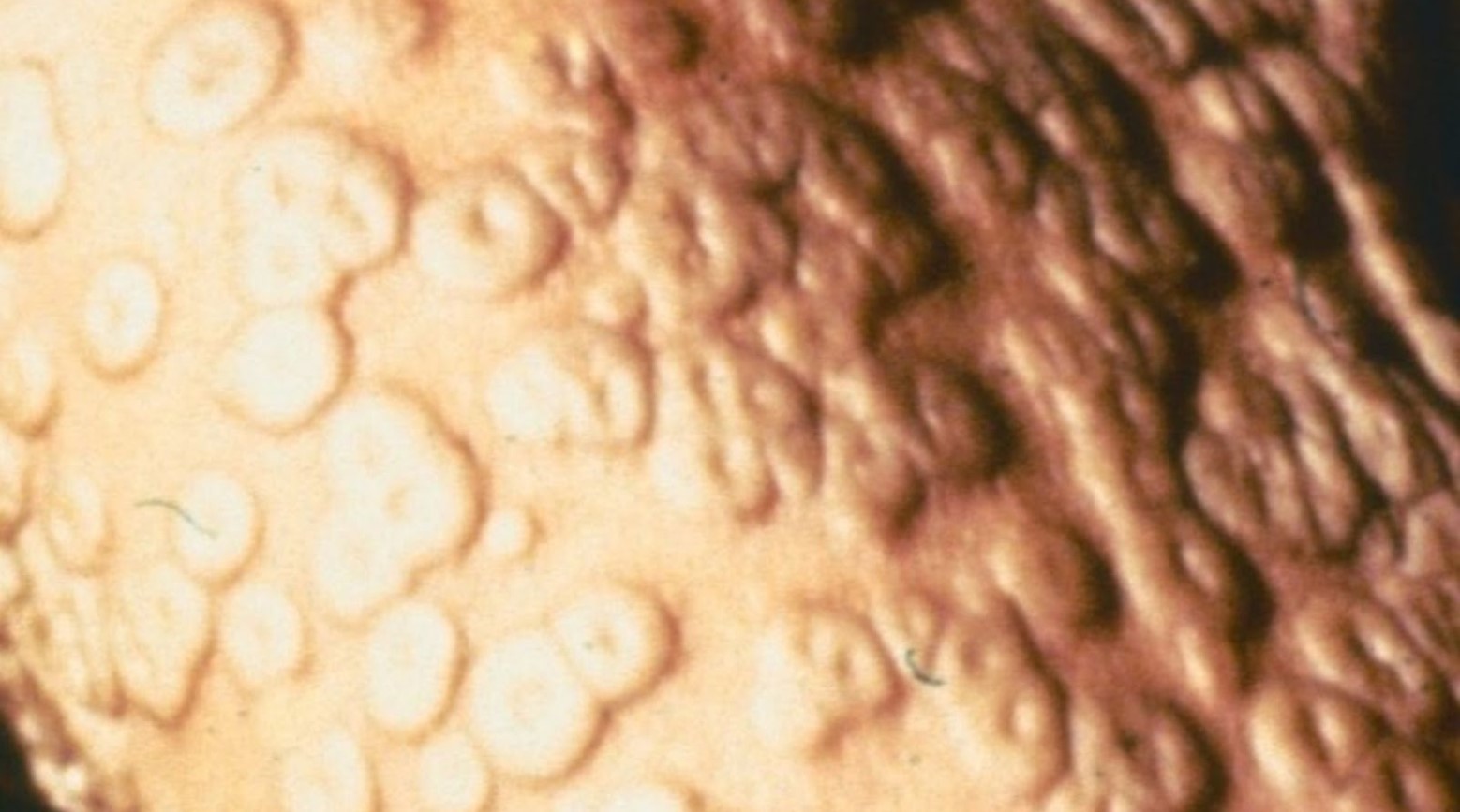
Source: James Hicks/Wikimedia Commons
Factable reports that the viruses include smallpox and anthrax. If these make their way out of the lab, they could have disastrous effects on humanity.
Permafrost Outbreaks Have Already Happened
Permafrost outbreaks have already happened, and there’s no telling whether this will happen again.

Source: Aleksandr Rodionov FCTRB/Wikimedia Commons
Melting permafrost in Russia resulted in an anthrax outbreak, which killed one boy and 2000 reindeer until it was able to be contained.
One Expert Believes There’s Nothing To Worry About
Despite some worry, one expert believes that ancient bacteria thawing and potentially spreading is nothing to worry about.
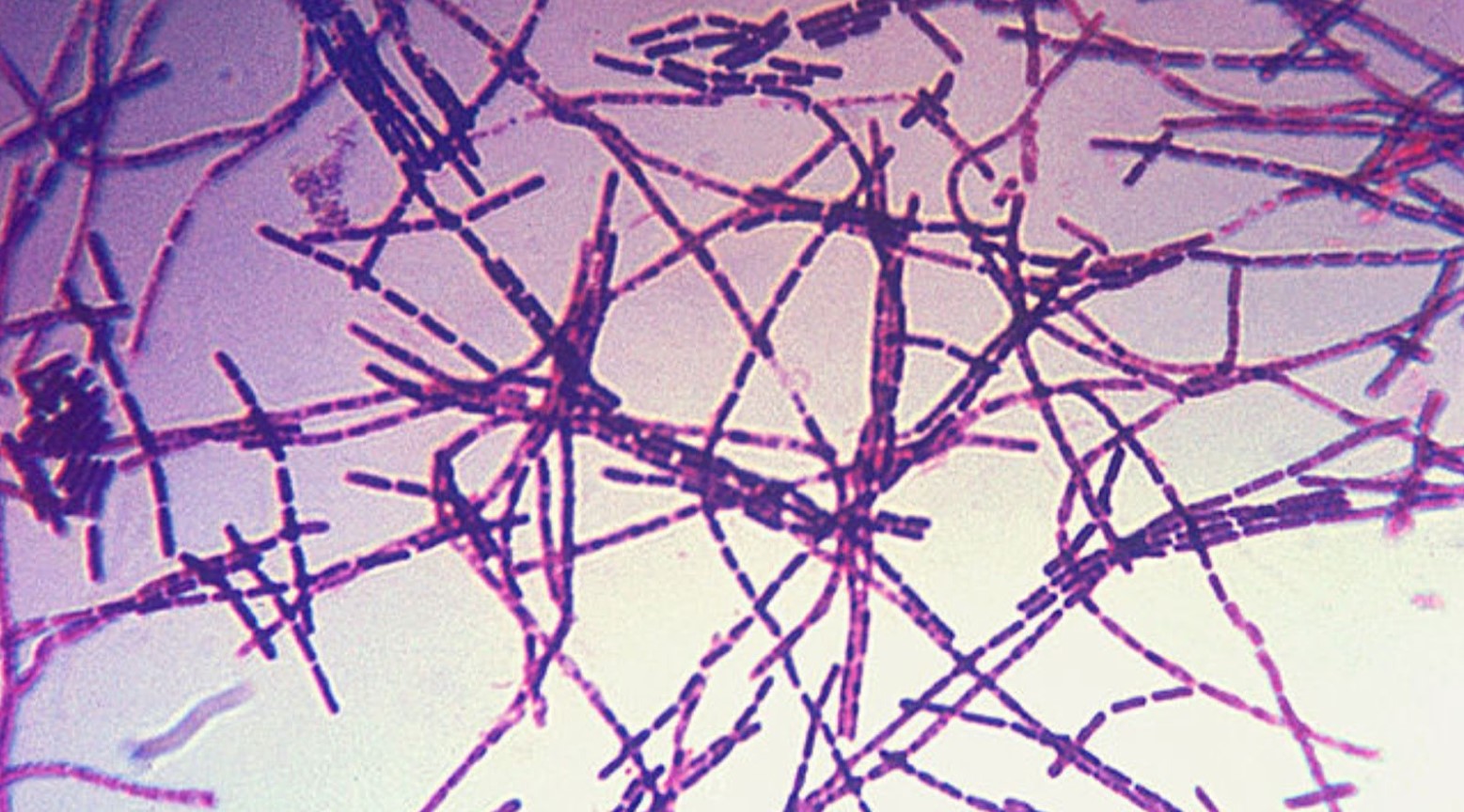
Source: CDC/Wikimedia Commons
Doctor David Morens told the Alaska Public Media that Anthrax is virtually everywhere and that the chance of getting sick from it is really small.
Other Viruses Are More of a Concern
It is not necessarily the viruses that may be in the permafrost that are a concern, as viruses already in the environment are more concerning.
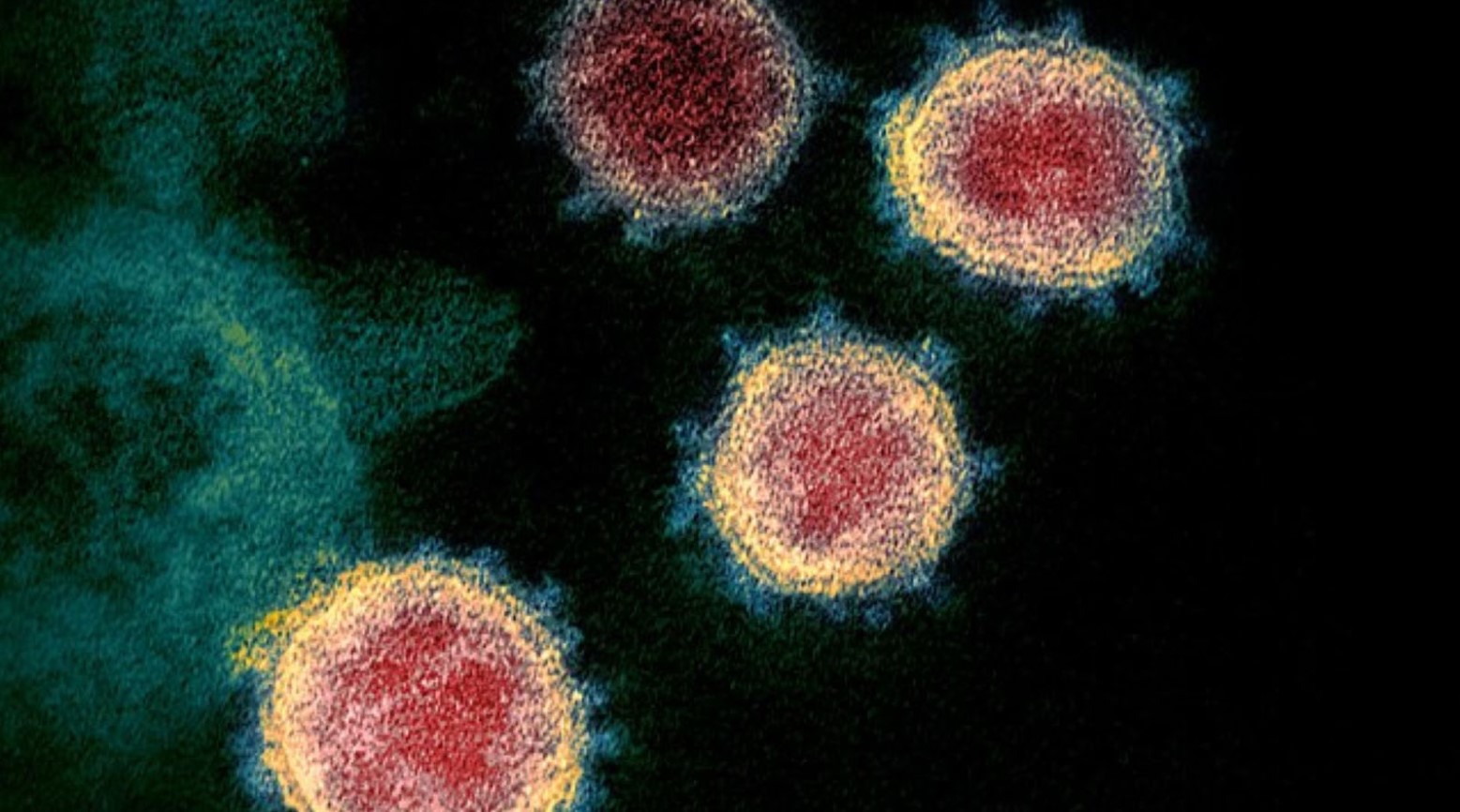
Source: NIAID-RML/Wikimedia Commons
It is believed that viruses such as Zika, chikungunya, and SARS are more of a concern as they are already in the environment, and humans are doing things capable of causing epidemics.
Alaska May No Longer Be Climate Change’s Savior
Alaska has long been known as a savior of climate change due to its protected wilderness.
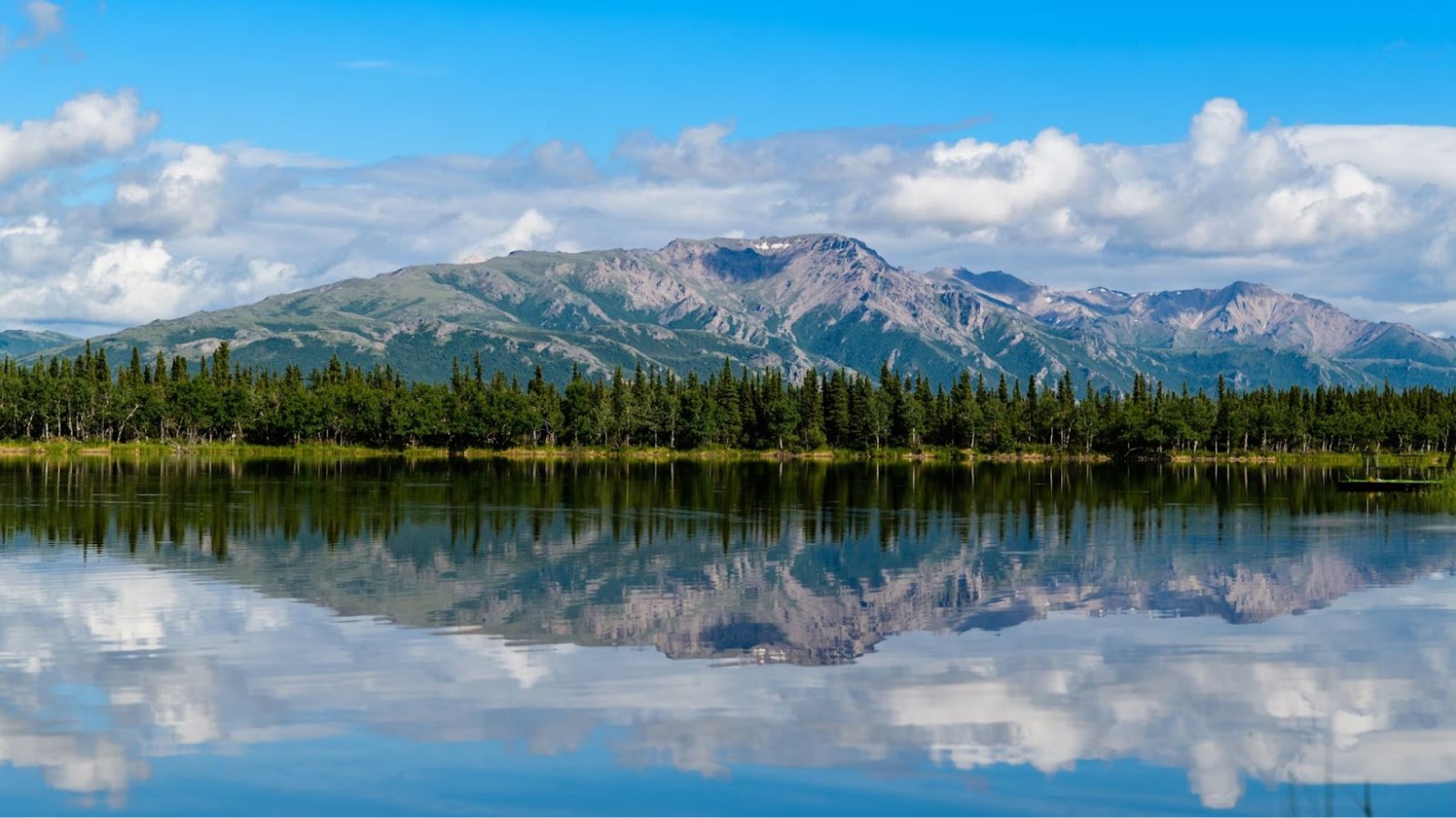
Source: Hari Nandakumar/Unsplash
However, with the permafrost quickly melting and the threat that comes with this towards climate change and human health, Alaska may no longer be the savior it once was.
